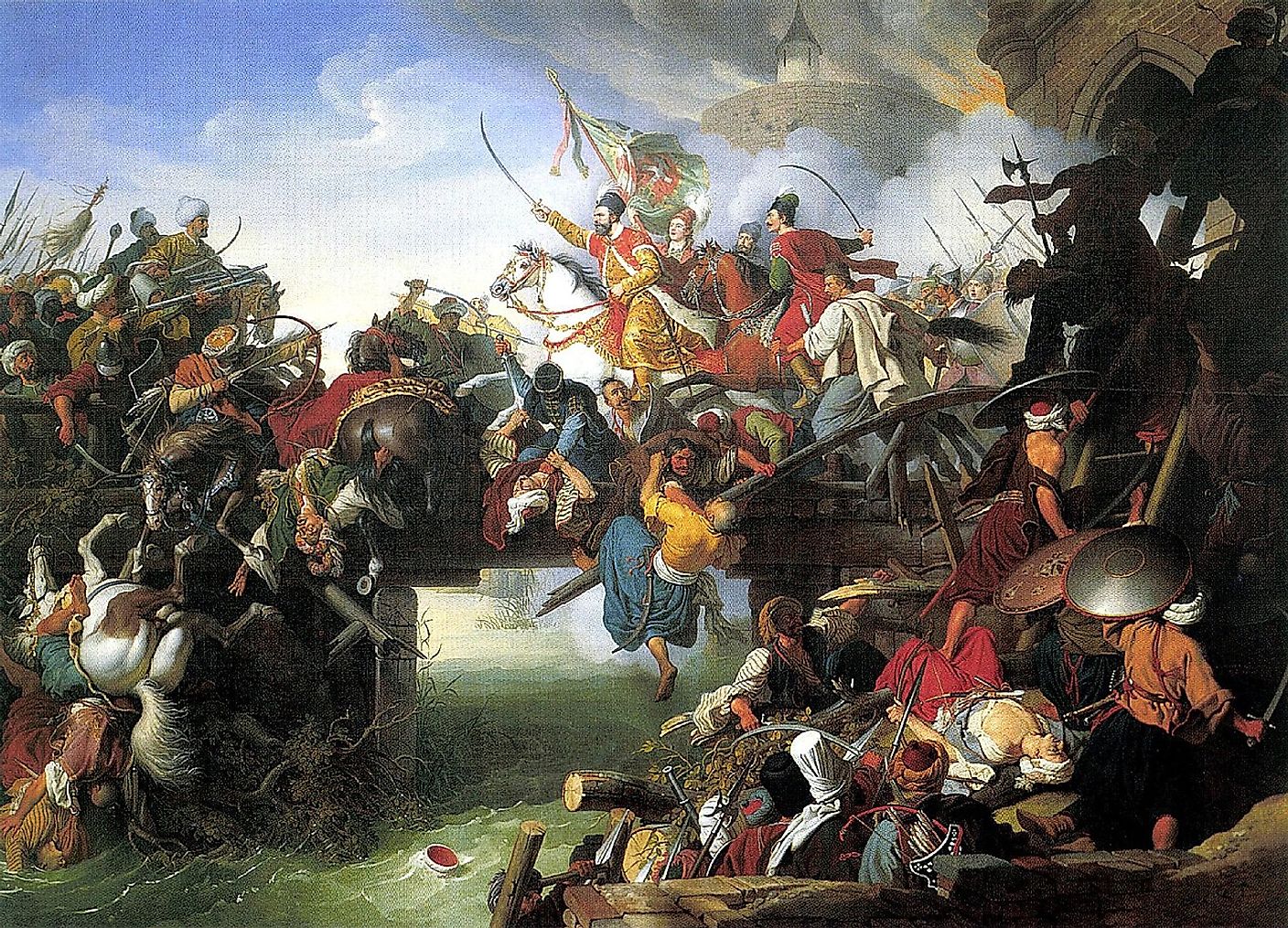
7 Battles Where Both Sides Gave Way
When thinking about the history of warfare and battles, many people tend to look at it as though it is a black-and-white issue. One side loses and the other side wins. One army emerges victorious, while the other is sent away in defeat. However, this is not the case.
There are countless examples of battles throughout the vast history of conflict where both militaries were beaten to a standstill by one another. In other cases, one side will "win" the battle but at such a high cost that they are unable to wage war any further. These kinds of costly battles are better known as pyrrhic victories.
The Battle Of Heraclea And Asculum - 280 BC
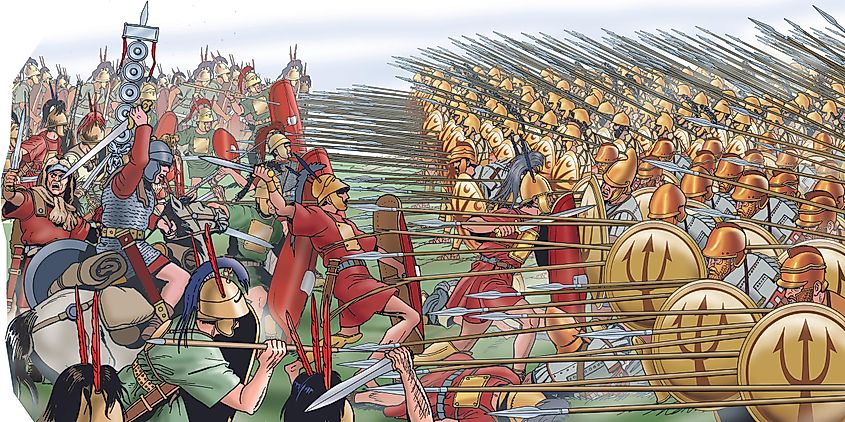
The term pyrrhic victory comes from a conflict that was fought between the early Roman Republic and the Greek King, Pyrrhus of Epirus. The conflict first erupted after Tarentum, a Greek colony located in the south of Italy, requested aid against the expansion of the Romans in their region. Pyrrhus saw the opportunity to expand his own influence and grab territory in the Italian Peninsula. He landed near Tarentum with nearly 25,000 soldiers and ten war elephants. The Romans mustered an army as quickly as possible, but with little time to prepare, they could not assemble an adequate force.
The Greek invaders immediately beat the Romans at their first clash at the Battle of Heraclea and then achieved victory once again at the Battle of Asculum nearly a year later. Despite the Romans losing both battles, Pyrrhus's army was devastated. He had lost most of his elite infantry and officer core. It is claimed by the Roman historian Plutarch that Pyrrhus said, "If we are victorious in one more battle with the Romans, we shall be utterly ruined." With much of his army destroyed and little in the way of reinforcements, Pyrrhus was forced to retreat from Italy and would never pose a threat to Rome again.
The Battle Of Bunker Hill - 1775
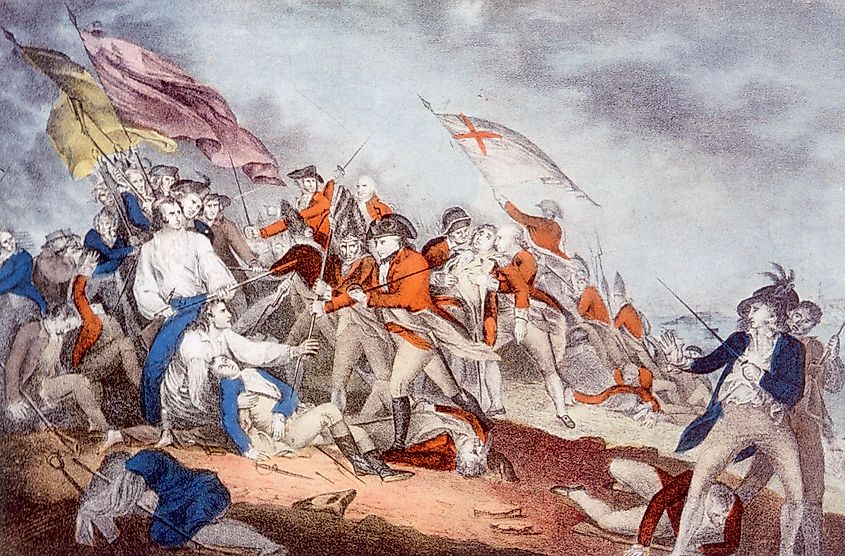
The first full-scale engagement of the American Revolution, the Battle of Bunker Hill, finally answered whether the colonial militias would be able to stand toe to toe with the British military in open battle. The battle took place overlooking Boston. The Americans were outnumbered nearly 2 to 1 but had a superior position at the top of the heavily fortified hill. The British marched their 2,200-strong force toward the American lines twice and were repelled both times. However, on the third attempt, the American militiamen ran out of ammunition and were powerless to stop the advance. Hand-to-hand combat ensued as the British closed the distance and routed the Americans.
Even though the Americans lost the battle, they could still make a moral victory out of the situation, something that would be quite common throughout the conflict. They had managed to inflict significant losses on their enemy and proved to themselves and the British that they would not be the pushovers that some thought them to be.
Battle Of Borodino - 1812
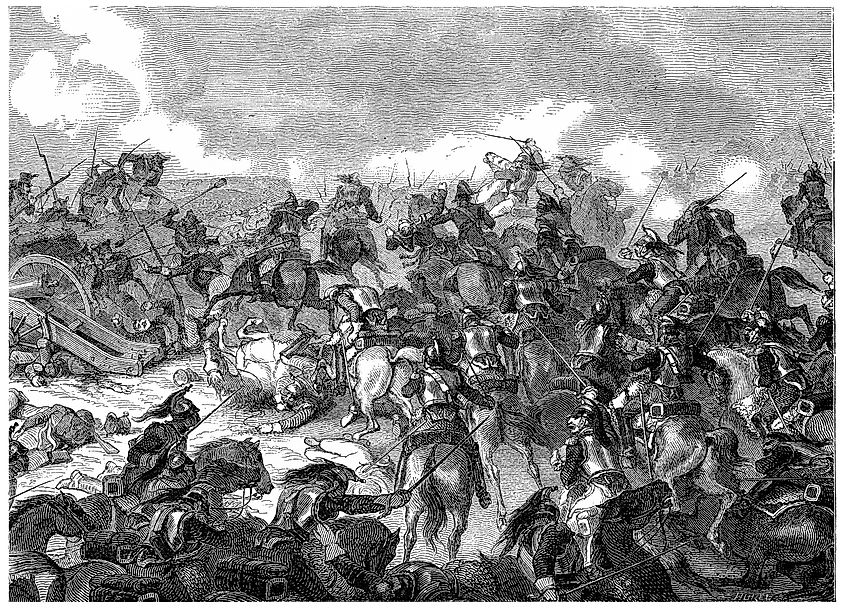
The Battle of Borodino was the bloodiest and most chaotic battle of the Napoleonic Wars. Fought between the Russian Empire and the invading French forces, this battle would set the tone for what would end up being a disastrous campaign for the French. Since the very moment Napoleon stepped foot on Russian soil, the Russians refused to engage him in battle. They began an endless retreat through the Russian wilderness and countryside. The Russians resorted to burning villages and wheat fields and killing whatever livestock they could not take for themselves.
The further the French marched into Russia, the more strained their own supply lines became. Without the ability to forage their own food, thanks to the Russian tactics, starvation became a real possibility. The Russian general Mikhail Kutuzov led the French army all the way to the outskirts of Moscow when he finally decided to stand and fight. At the small village of Borodino, the Russians set up a series of defensive lines and prepared for the worst.
Napoleon knew he had little time to get to Moscow before winter set in and ordered a full-on assault of the Russian lines. More than 130,000 of Napoleon's soldiers surged forwards and met the Russians head-on. The fighting was beyond intense, and it seemed at times that the Russians were moments away from winning the battle. The French would eventually claim victory but at a tremendous cost. More than 30,000 French soldiers were dead. The Russians only suffered half of that number. It might not have felt like it immediately, but the Battle of Borodino marked the beginning of the end of Napoleon's domination over Europe.
The Battle Of Chancellorsville - 1863
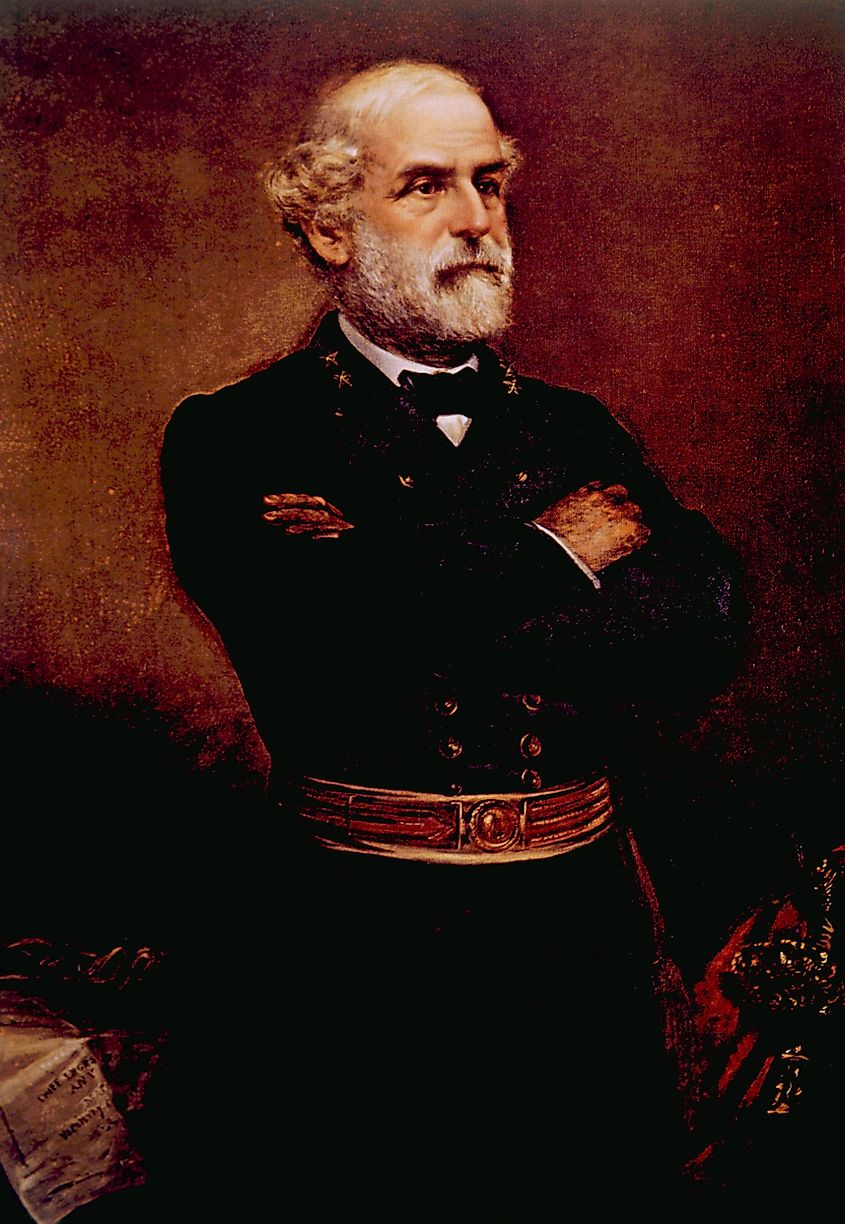
At first glance, the American Civil War should have ended much sooner than it did. The Confederacy was outgunned, had a much smaller population, and had little in the way of industrial capability. The Union had just about every advantage it could ask for. However, what the South did have was a small group of incredibly skilled and dedicated generals. Each of these men was miles ahead of their Northern counterparts in terms of competence and resource management. However, none were as effective as the famous Robert E Lee.
Lee displayed his military genius at the Battle of Chancellorsville against a Union army that outnumbered his force 2 to 1. On two separate occasions, Lee chose to split his forces in half, something that went against the most basic principles of military doctrine at the time. Despite the gamble, he inflicted heavy losses against Union forces.
But even though Lee had won the battle, it has not come easily. The battle claimed the lives of nearly 13,000 Confederate troops, men who could not be easily replaced due to the South's chronic shortage of manpower. Even though Lee was one of the best generals of his day, he was only delaying the inevitable defeat of the Confederacy.
The Battle Of Malplaquet - 1709
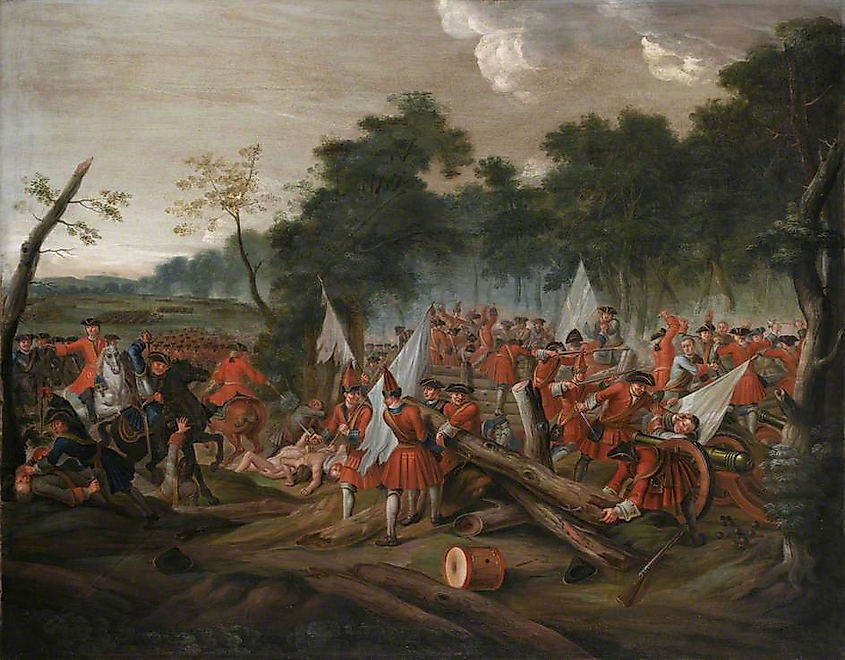
Europe began the 18th century with the devastating War of Spanish Succession. When the war broke out, a series of complex alliances and agreements kicked into action, and soon the entire continent was engulfed in chaos yet again. France would take on most of the European powers to determine who would sit on the Spanish throne.
The war raged for nearly ten years until the Battle of Malplaquet took place. The combined forces of the British, Austrians, Prussians, and other small nations formed an army numbering more than 100,000 men. This enormous force was amassed in the Low Countries and marched into France. The invaders found themselves against a French army with only a slightly smaller amount of troops at 90,000. Even though they were outnumbered, the French had plenty of time to prepare for such an invasion and constructed an intricate series of trenches and defensive obstacles, making life very hard for the Allies.
The battle was bloody and grueling as the Allied army slowly pushed through each line of defense. The Allies did end up winning the battle but only by a slight margin. Most of the French forces could remain intact thanks to numerous tactical retreats ordered by their generals. On the other side of the coin, the Allies lost a combined 24,000 men in what most historians attribute to the recklessness and uncoordinated nature of the Allied military command.
Siege Of Szigetvár - 1566

During the 15th and 16th centuries, the emerging Ottoman Empire seemed to be almost unstoppable. After splintering off from the Mongol Empire in the 1300s, the Ottomans quickly spread across Anitollia, the Middle East, and the Balkans. Now they had their eyes on the capital city of the Hapsburg Dynasty. Vienna.
In 1566 the famed Suileman the Magnificant set out to crush the Habsburgs once and for all. If he could capture Vienna, then the Ottomans would be free to march deeper into the heartland of Europe and add more territory to their vast empire. There was little in the way of resistance aside from a few garrisoned forts and cities along the way. However, the fortress of Szigetvár would prove to be a thorn in the side of the Turks and their allies.
The 2,300 defenders at Szigetvár fought with such determination and ferocity that a siege that should have taken days ended up lasting an entire month. The siege resulted in the deaths of 20,000 Ottoman soldiers and the total destruction of the defending garrison. Knowing their fate, in their last act of courage and defiance, the remaining members of the garrison joined the Hungarian general Nikola IV Zrinski in an all-out charge into the Ottoman lines as the fortress walls began to crumble.
Even though the defenders were all killed to a man, the heavy losses inflicted on the Ottomans were severe enough to make sure another siege on Vienna did not take place for another 100 years. Suileman the Great would also not live to see the result of his campaign either. He died in his tent during the Siege of Szigetvár of natural causes.
Battle Of Santa Cruz Islands -1942
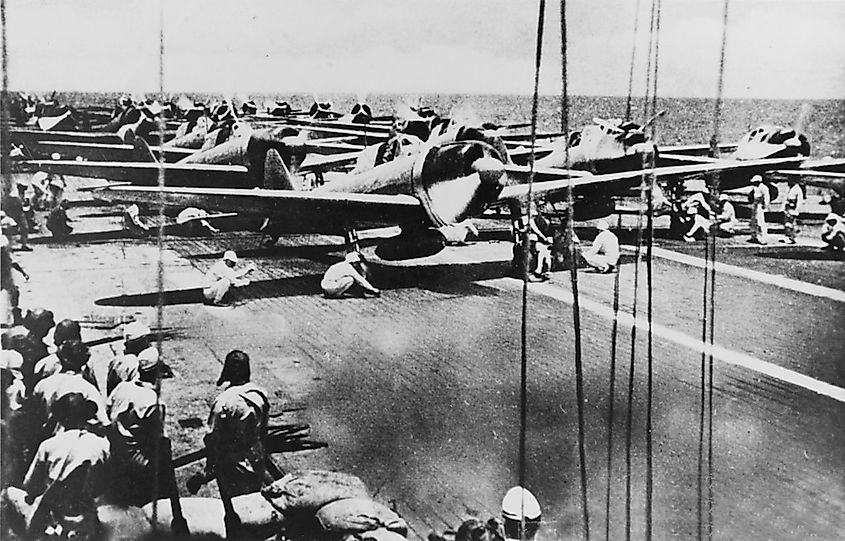
During the famous Battle of Guadalcanal between the United States and the Japanese Empire, the Americans engaged a sizable Japanese fleet around the Santa Cruz Islands. The Japanese fleet was in the vicinity of Guadalcanal to provide support for Japanese military forces on the island. The battle took most of the American fleet by surprise and they were slow to react to Japanese attacks. As a result, the carrier the USS Hornet was sunk and the USS Portland was heavily damaged.
However, during the fighting, the American pilots were able to shoot down more than 100 Japanese aircraft with the assistance of the navy. Even though the Japanese won a tactical victory and their ships escaped relatively unscathed, they were unable to do anything meaningful with it and were forced to retreat. This gave the Americans much-needed breathing room and played a significant outcome in the Pacific campaign.
Throughout history, many wars have been lost after winning a battle. Even though one side technically had won, the cost was so great that continuing to fight would be fruitless. Entire campaigns have ground to a halt, and nations have been saved thanks to an army that was not able to win but just able to hang on long enough.
Pyyhric victories give truth to the old saying, "It is not about winning the battle, but winning the war."











